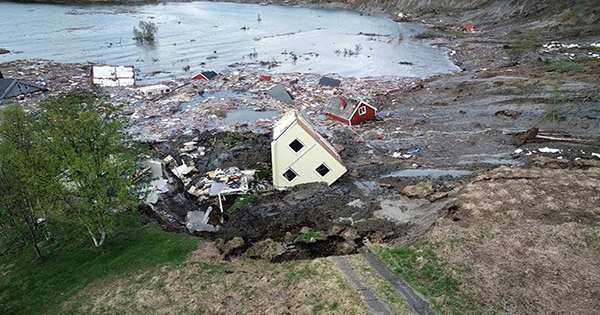Environmental racism refers to the disproportionate impact of environmental hazards, such as toxic waste sites, on communities of color. These communities often face a higher risk of exposure to pollution and hazardous waste due to factors such as poverty, limited political power, and discriminatory zoning and housing practices. This phenomenon perpetuates systemic racial inequality and threatens public health and the well-being of affected communities.
It is a form of systemic discrimination that perpetuates economic, social, and health inequalities. This occurs when communities of color are targeted for the placement of polluting industries, toxic waste sites, and other environmental hazards, leading to negative impacts on their health, well-being, and quality of life.
Ecological apartheid is a type of institutional racism in which landfills, incinerators, and hazardous waste disposal facilities are disproportionately located in communities of color. It is also associated with extractivism, which places the environmental burdens of mining, oil extraction, and industrial agriculture on indigenous peoples and poorer nations primarily populated by people of color.

This can result in unequal access to clean air, water, and healthy environments, leading to higher rates of environmental illnesses and health disparities. It also includes discriminatory zoning and land-use policies, as well as unequal enforcement of environmental regulations. It can lead to serious health problems and diminished quality of life for affected communities.
Responses to environmental racism aided the development of the environmental justice movement in the United States and elsewhere during the 1970s and 1980s. As in South Africa, where apartheid had debilitating environmental effects on Black people, environmental racism may disadvantage minority groups or numerical majorities. Internationally, global waste trade disadvantages global majorities in poorer countries populated primarily by people of color. It also applies to indigenous groups’ particular vulnerability to environmental pollution.
Environmental racism is caused by four factors: a lack of affordable land, a lack of political power, a lack of mobility, and poverty. Corporations and governments are looking for cheap land. As a result, communities that are unable to effectively resist these corporations and governmental bodies and lack political power are unable to negotiate just costs.
Communities with low socioeconomic mobility are unable to relocate. Lack of financial contributions also limits the ability of communities to act physically and politically. Chavis classified environmental racism into five categories: racial discrimination in the formulation of environmental policies, discriminatory enforcement of regulations and laws, deliberate targeting of minority communities as hazardous waste dumping sites, official sanctioning of dangerous pollutants in minority communities, and the exclusion of people of color from positions of environmental leadership.
















